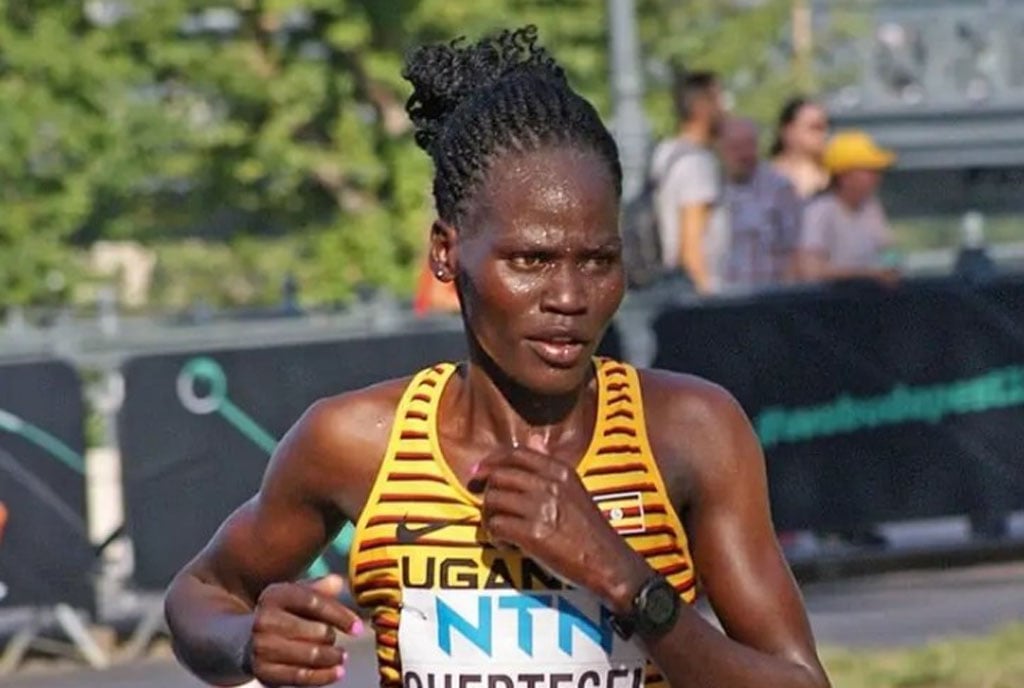Prime
It’s people’s voice, not anti-sugarcane squad

Phillip Kihumuro
What you need to know:
- For us as a country to achieve our national and global commitments to environment, climate change and biodiversity, we should not be discounting the gains we have made so far .
- Since no one is planning to destroy any forest as you claim, there are many grasslands elsewhere, including Terego, Nyabushozi, Teso or even Nabilatuk where we can grow sugarcane.
I react to a comment, Bugoma Forest: What the anti-sugarcane squad is not saying’ in the Daily Monitor of August 27. In the article, the writer, Sheila Nduhukire, asserts the rights of her employers to utilise the 9sq km of land for sugarcane growing and attempts to show loss at not having full access to nearly 22 sq km of land. I would like to respond as follows:
First, it is wrong to label whoever is standing against the alleged sale and conversion of Bugoma forest into sugarcane as broadly anti-sugarcane squad. We are not against sugarcane growing, but rather we are against land use change, a process by which human activities transform the natural landscape.
Land use change leads to loss of ecosystem services, the benefits that you and I derive from a certain ecosystem such as fuel wood, clean water, pasture and pollination benefits for our crops.
You raise an interesting thing when you say the name of the area is Kyangwali Ancestral land and not part of Bugoma Forest Reserve. Shakespeare once said “What’s in a name? That which we call a rose by any other name would smell as sweet.” Whatsoever you call it, its valuable for different people and they attach great cultural value to it. The aerial photo of the aforementioned area doesn’t require a rocket scientist to show that it is forested.
The Food and Agriculture Organisation (FAO), defines a forest as “land spanning more than 0.5 hectares with trees higher than 5 metres and a canopy cover of more than 10 per cent, or trees able to reach these thresholds in situ”. Uganda has adopted the same definition in determination of what a forest is. I am sure the land in question surpasses this criterion too.
But why do you want to convert an ancestral land with its benefits and clan attachments into a sugarcane plantation?
A discussion around grassland and non-forested 9.24 sq miles approved by Nema and deemed fit for “human activity” does not really add up. You assume that “fit for human activity” is only limited to sugarcane growing.
What about the cultural benefits, the connectivity for wildlife that brings income in form of tourism to the national coffers? With greenhouse gases causing global warming, the only natural sink available for gases such as methane are grasslands. As a country, we are committed to the Paris Agreement, which requires us to reduce emissions to the atmosphere.
For Hoima Sugar to consider “planting of a buffer forest” is to blindfold the people. Scholars such as Crouzeilles and others have already proven that it is cheaper to regain a forest through natural regeneration of the same land than planting a forest. This is because ecologically, there is a seed bank underneath the soils as a result of animals and birds doing dispersal from one forest patch to another.
On whether Bunyoro Kitara Kingdom acted within the law or not should not distract us. The kingdom is a trustee that needs to listen to the owners of the resource. The people have been against this project proposal ever since it surfaced. Remember vox populi, vox dei.
You seem to equate environment to forest ecosystem alone. Environmental issues require a systems approach with an integrated lens that appreciates “grasslands” and “other areas”. Grasslands, wetlands, woodlands, forests, insects, animals need each other for a sustainable balanced and stable system.
For us as a country to achieve our national and global commitments to environment, climate change and biodiversity, we should not be discounting the gains we have made so far . Since no one is planning to destroy any forest as you claim, there are many grasslands elsewhere, including Terego, Nyabushozi, Teso or even Nabilatuk where we can grow sugarcane.
Mr Kihumuro is a Munyoro, scientist and forestry graduate. [email protected]




